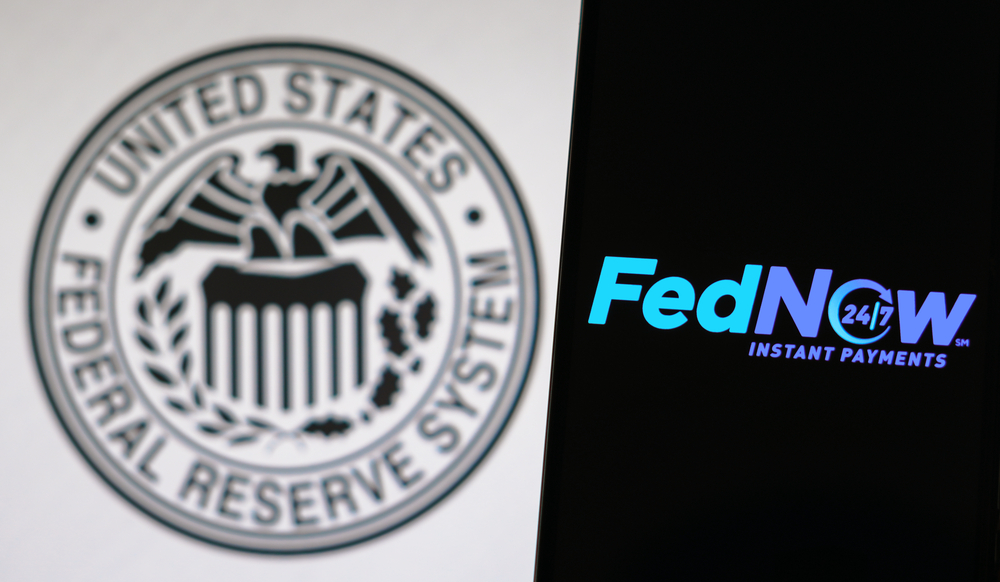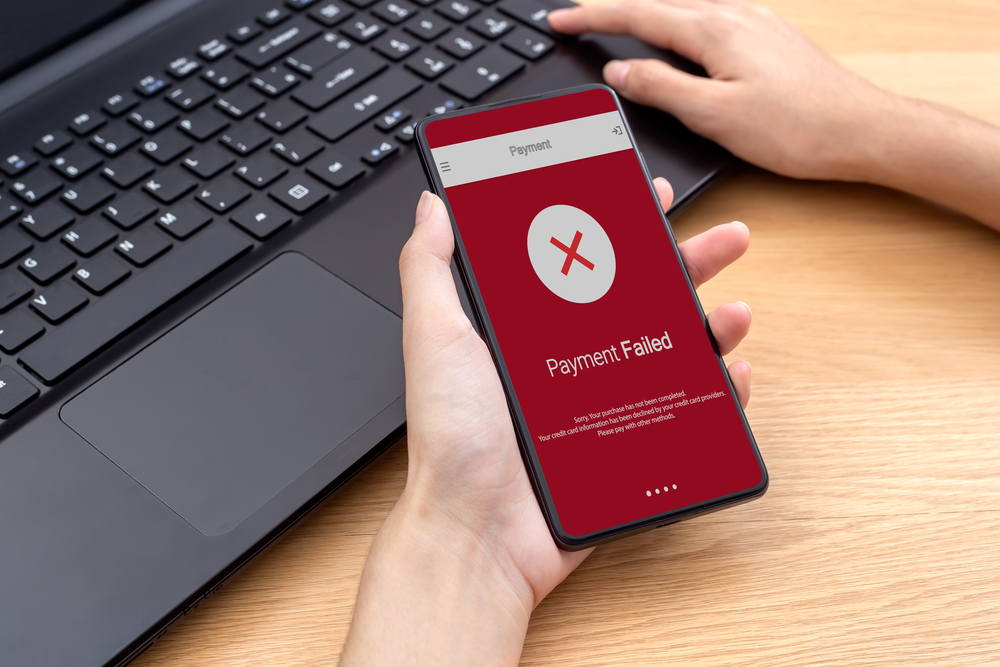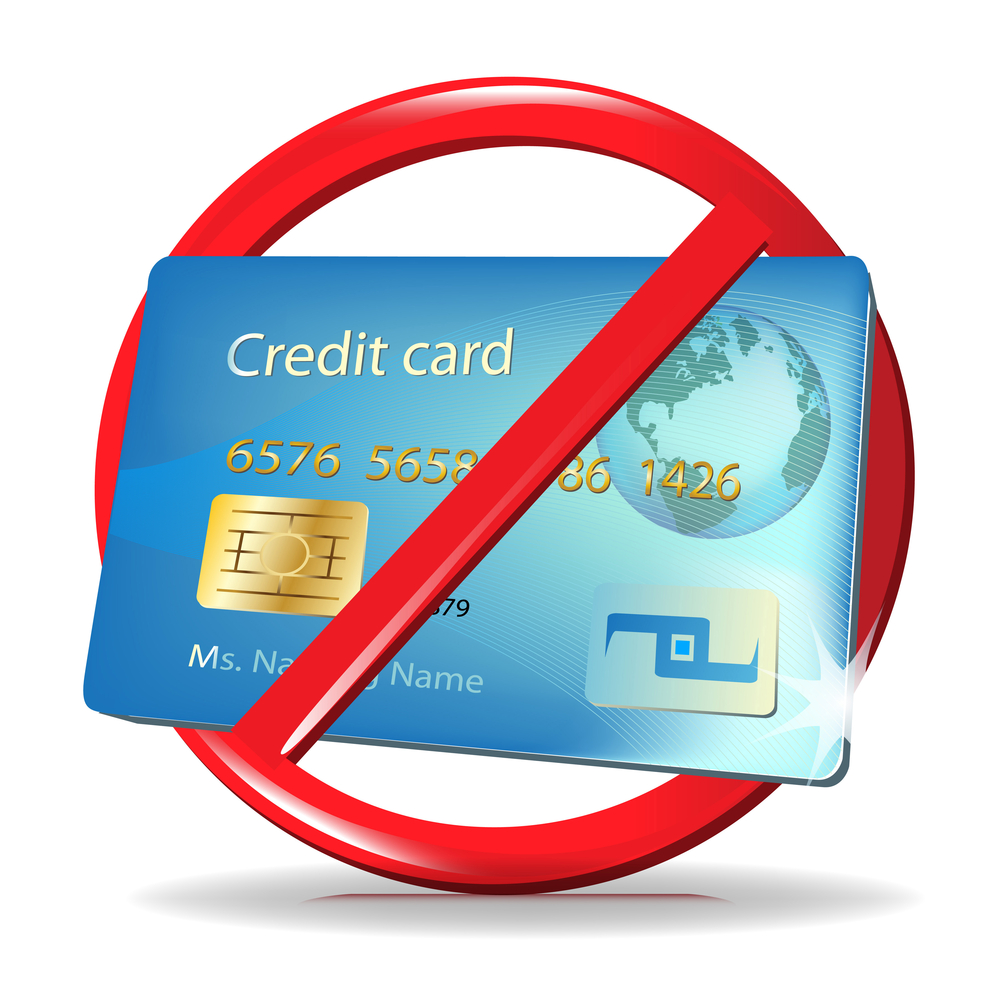
A Complete Guide to Credit Card Decline Codes
May 8, 2024 4 minutes
While it may seem like a minor inconvenience, understanding credit card decline codes is crucial for the smooth operation and financial health of your business. These codes, which are generated when a transaction is rejected, provide valuable insights into why the payment failed and what steps you can take to resolve the issue.
By familiarizing yourself with common decline codes and their meanings, you can quickly identify and address problems, reducing the risk of lost sales and customer dissatisfaction. Moreover, effectively managing declined transactions can help maintain a healthy merchant account and prevent potential issues with your payment processor.
DirectPayNet helps lower declines and improve conversions.
What are credit card decline codes?
Credit card decline codes are two-digit, alphanumeric codes that indicate the reason why a credit card transaction has been declined. These codes are generated when a transaction is rejected by any of the parties involved in processing the payment, such as the issuing bank, payment processor, or credit networks.
When a transaction is declined, the decline code is sent back to the merchant as a response, providing insight into the specific issue that prevented the transaction from being completed. The codes are generally standardized across the industry, although some network-specific codes may exist (i.e., Visa, Mastercard, American Express, Discover)
Merchants receive these decline codes through their payment processing system or gateway. The codes are communicated in real-time, allowing merchants to quickly identify the problem and take appropriate action to resolve the issue. By understanding the meaning behind each decline code, merchants can determine whether the transaction can be salvaged by correcting errors, requesting alternative payment methods, or addressing concerns raised by the issuing bank.
Complete List of Credit Card Decline Codes and Their Meanings
Below is a comprehensive table of credit card decline codes along with brief descriptions of what each code means:
| Code | Description |
| 00 | Issuer system unavailable |
| 01 | Refer to issuer |
| 02 | Refer to issuer, special condition |
| 03 | Invalid merchant |
| 04 | Pick up card (no fraud) |
| 05 | Do not honor |
| 06 | Error |
| 07 | Pick up card, special condition (fraud account) |
| 12 | Invalid transaction |
| 13 | Invalid amount |
| 14 | Invalid card number |
| 15 | No such issuer |
| 19 | Re-enter transaction |
| 28 | File is temporarily unavailable |
| 41 | Lost card, pick up |
| 43 | Stolen card, pick up |
| 51 | Insufficient funds |
| 54 | Expired card |
| 57 | Transaction not permitted, card |
| 58 | Transaction not permitted, terminal |
| 62 | Invalid service code, restricted |
| 63 | Security violation |
| 65 | Activity limit exceeded |
| 85 | No reason to decline / Issuer system unavailable |
| 91 | Issuer or switch is unavailable |
| 93 | Violation, cannot complete |
| 94 | Duplicate transaction |
| 96 | System error |
| 97 | Invalid CVV |
| CV | Card type verification error |
| R0 | Customer requested stop of specific recurring payment |
| R1 | Customer requested stop of specific recurring payment |
These error codes cover a wide range of scenarios, from technical issues like system unavailability to security concerns such as stolen cards or incorrect CVV or CVV2 authentication numbers. By familiarizing themselves with these codes, merchants can quickly identify the reason behind a declined transaction and take appropriate action to resolve the issue, whether it involves asking the cardholder to contact their issuing bank, correcting input errors, or reporting potential fraud.
Transactions may also be declined by the card issuer not accepting your merchant category code, or even something as simple as the customer reaching their withdrawal limit or credit limit.
Overwhelmed with declined transaction? Get in touch!
How do decline codes affect my business?
Credit card decline codes can have a significant impact on your business’s payment processing and overall financial health. When a transaction is declined, it directly affects your approval rates, which can lead to lost sales and revenue. Consistently high decline rates may also raise concerns with your payment processor or acquiring bank, potentially leading to consequences for your merchant account like termination or more chargebacks.
Decline codes can affect your credit card processing in several ways:
- Lower approval rates: A high number of declines means that fewer transactions are being successfully processed, reducing your overall approval rate.
- Lost sales and revenue: When a transaction is declined, you may lose the sale entirely if the customer decides not to retry the payment or chooses to abandon their purchase.
- Increased payment processing costs: Some payment processors charge additional fees for declined transactions, which can add up over time and eat into your profits.
Potential consequences for your merchant account include:
- Higher risk profile: If your business consistently experiences a high rate of declines, payment processors and acquiring banks may view your account as higher risk.
- Increased scrutiny: High decline rates may trigger additional monitoring or investigation from your payment processor to ensure that your business practices are not contributing to the problem.
- Account termination: In extreme cases, consistently high decline rates may lead to the termination of your merchant account, making it difficult for you to process payments and conduct business.
Given the potential impact on your business, it is crucial to monitor decline codes closely and take proactive steps to address any issues that may be contributing to high decline rates. This may involve:
- Analyzing decline codes to identify patterns or recurring issues.
- Implementing fraud prevention measures to reduce the risk of fraudulent transactions.
- Ensuring that your payment processing system is properly configured and up-to-date.
- Communicating with customers to resolve issues related to incorrect card information or insufficient funds.
By staying vigilant and addressing decline codes promptly, you can maintain a healthy payment processing system, minimize lost sales, and protect your merchant account from potential consequences.
What should I do about declined transactions?
While some issues may require customers to contact their issuing bank directly, others can be resolved by the merchant or customer taking simple steps.
Soft Declines vs. Hard Declines
When a credit card transaction is declined, it can be classified as either a soft decline or a hard decline. Understanding the difference between these two types of declines is crucial for merchants, as they require different approaches to resolve the issue.
Soft Declines:
- Soft declines are temporary and can often be resolved by the customer or merchant taking simple steps.
- Examples of soft declines include insufficient funds, incorrect card information, or a temporary network outage.
- When a soft decline occurs, the transaction can usually be retried after the issue has been addressed, such as the customer updating their card information or waiting for a temporary network issue to be resolved.
- Soft declines do not necessarily indicate a problem with the customer’s card or account.
Hard Declines:
- Hard declines are permanent and cannot be resolved by the merchant or customer.
- Examples of hard declines include a stolen or lost card, a closed account, or a card that has been flagged for fraud.
- When a hard decline occurs, the merchant should not attempt to retry the transaction, as it will likely be declined again.
- Hard declines indicate a serious issue with the customer’s card or account, and the customer must contact their issuing bank to resolve the problem.
By distinguishing between soft and hard declines, merchants can take appropriate action to resolve the issue and minimize the impact on their business. For soft declines, merchants can work with the customer to address the temporary issue and retry the transaction. For hard declines, merchants should inform the customer of the problem and encourage them to contact their issuing bank for further assistance.
General best practices for handling declined transactions include:
- Communicate with the customer: Inform the customer of the declined transaction and provide them with the specific decline reason so you can work together to resolve the issue.
- Encourage the customer to verify their card information: In cases of incorrect card number, expiration date, CVV, or billing address, ask the customer to double-check and re-enter their information.
- Offer alternative payment methods: If the customer’s credit card is declined due to not having enough funds or other issues, suggest alternative payment options such as a different card, PayPal, or bank transfer. Or offer a discount! It’s better to get 85% of a sale than 0%.
The 5 Most Impactful Decline Codes
While there are numerous credit card decline codes, some have a more significant impact on businesses than others. Here are five of the most impactful response codes and why they matter:
- Code 05 – Do not honor
- This is a general decline code that indicates the issuing bank has rejected the transaction without providing a specific reason.
- It is one of the most common decline codes and can be frustrating for merchants, as it offers little insight into the cause of the decline.
- Merchants may need to ask the customer to contact their issuing bank for more information or offer an alternative payment method.
- Code 51 – Insufficient funds
- This code indicates that the customer does not have enough available funds in their bank account to cover the transaction amount.
- Insufficient funds declines can lead to lost sales and revenue for merchants if the customer is unable to provide an alternative payment method.
- Merchants can consider offering a discount code or incentive to encourage the customer to complete the purchase at a later time when funds are available.
- Code 54 – Expired card
- This code signifies that the credit card used for the transaction has expired.
- Expired card declines can be problematic for merchants, particularly for recurring payments or subscriptions.
- Merchants should have a system in place to proactively update customer card information before expiration dates to minimize declines.
- Code 14 – Invalid card number
- This code indicates that the credit card number provided at checkout is incorrect or invalid.
- Invalid card number declines can occur due to manual entry errors or fraudulent activity.
- Merchants should ask customers to double-check and re-enter their card information, and implement fraud prevention measures to reduce the risk of fraudulent transactions.
- Code 91 – Issuer or switch is unavailable
- This code suggests that there is a temporary communication error between the payment processor and the customer’s bank.
- Unavailable issuer or switch declines can lead to lost sales if the issue persists, as the transaction cannot be processed.
- Merchants should retry the transaction after a short delay and contact their payment processor if the problem continues.
By understanding these impactful decline codes and implementing appropriate strategies to address them, merchants can minimize lost sales, improve customer satisfaction, and maintain a healthy payment processing system.




